Extensive efforts in southern Colorado and Northern New Mexico to restore habitat for the Rio Grande cutthroat trout (RGCT) have been underway since at least 2003. State agencies, tribes, federal agencies and Trout Unlimited have cooperated to bring this species back to more of its historic range, applying expert knowledge and considerable experience to restore this important native species, which is also the state…
Removing lower Snake River dams is best chance for salmon, steelhead recovery
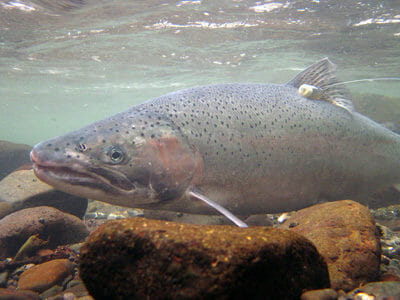
[et_pb_section admin_label=”section”] [et_pb_row admin_label=”row”] [et_pb_column type=”4_4″][et_pb_text admin_label=”Text”] Editor’s Note: This opinion piece originally ran in the Idaho Statesman on Nov. 18. In his recent op-ed, Kurt Miller, the executive director of Northwest River Partners, an association of businesses that supports retention of the federal dams on the Columbia and Snake rivers, argued against removing the…
PA’s Unassessed Waters Initiative reaches milestone
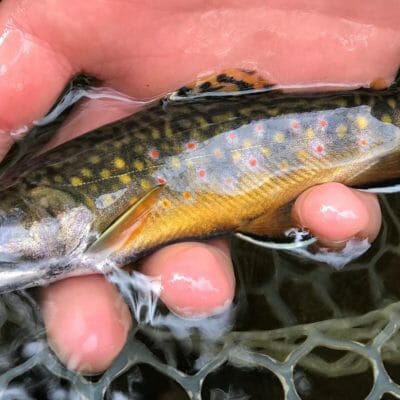
By Rob Shane When TU partnered with the Pennsylvania Fish and Boat Commission in 2011 to start surveying and protecting wild trout streams in the Commonwealth, we knew the mountain ahead of us would take years to climb. Pennsylvania has 86,000 miles of flowing water, and less than a quarter of those stream miles had…
The science is clear on suction dredge mining
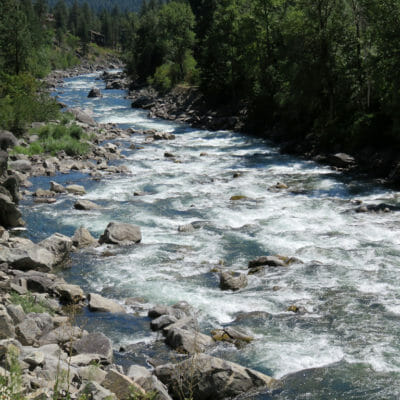
Two bills will move through the Washington legislature this session with the goal of updating the state’s laws protecting its fish and waterways from impacts of suction dredge mining. Though you may see comments from a select few upholding the activity, the science is incredibly clear on negative impacts it causes to our already-stressed fish populations.
Longtime conservation officer now focused on steelhead and salmon
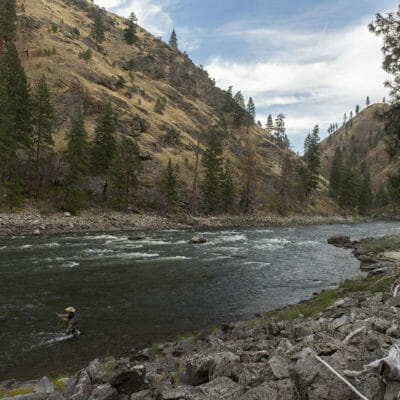
A fly fisherman searches the water of the Middle Fork of the Salmon River in Idaho waiting for the elusive tug on the end of his line from a steelhead. Josh Duplechian/Trout Unlimited As a conservation officer with the Idaho Fish and Game Department, Eric Crawford’s work was largely reactive. “I could make a great…
A milestone in native trout recovery
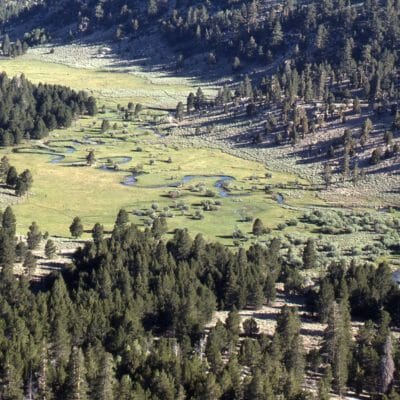
Paiute cutthroat are often called the rarest trout in North America. Their historic range is an 11-mile long stretch of a single creek in the eastern Sierra Nevada near the California-Nevada border. The population of this singular trout, with its unique purplish hue and markings, succumbed to a variety of factors over the past century,…
Corridors paved with water
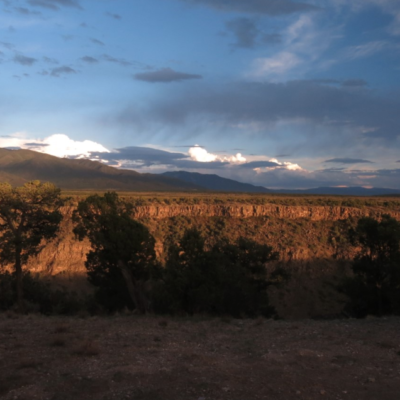
When teaching guide clients how to read a stream, I stressed three basic conditions that dictate where a trout will hold: access to food, access to safety and access to shelter from energy-sapping currents. A healthy and stable abundance of any or all of these conditions affords trout the option of staying put, perhaps enabling…

